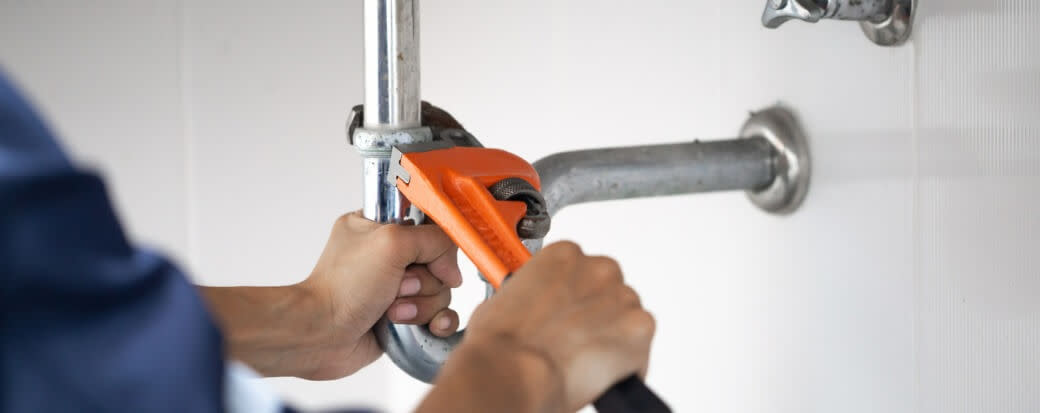Guide to Plumbing Financing Options

Share this article:
Editor’s note: Lantern by SoFi seeks to provide content that is objective, independent, and accurate. Writers are separate from our business operation and do not receive direct compensation from advertisers or network providers. Read more about our Editorial Guidelines and How We Make Money.
Can You Finance Plumbing Repairs?
Typical Costs Associated With Plumbing Repairs
Materials
Labor
Permits
What Can You Use a Plumbing Loan for?
Water heater repair: Water heaters have a lifespan of about 10 to 12 years. Repairing a water heater can cost as much as $500, while installing a new water heater ranges from $1,000 all the way up to $7,000 for top-of-the-line systems. Sewer repairs: These repairs generally require a lot of time and digging. You can expect to spend as much as $6,000 for a major sewer repair. Septic system repair: The average cost of a septic system repair is $2,000. Faucet or toilet repair: The cost to repair a faucet is $100 to $150. If you have to replace it, the installation will run about $300, plus the cost of the new faucet. Toilet repair is about $200. Installing a new one is $500, plus the cost of the new toilet. Solar water heater: A solar water heater can cost between $3,000 and $9,000. You may be able to get tax credits and rebates that could reduce the cost by as much as 50%.
Common Methods of Plumbing Financing
HELOC
Home Equity Loan
Credit Card
Personal Loan
Plumbing Financing for Bad Credit
Qualifying for Personal Plumbing Loans
Credit score: Lenders consider borrowers with high credit scores as less likely to default on their loan. For that reason, these borrowers are often offered more favorable terms and interest rates. Proof of income and employment: Lenders will want to know that you are employed and have enough income coming in to pay your bills on time. You may be asked to provide a letter from your employer, copies of your pay stubs, your W2, or your tax return for verification. Debt-to-income ratio: Your debt-to-income ratio (DTI) compares your gross monthly income to your monthly debt obligations. A lower DTI suggests you have fewer debts to pay and can make you more appealing to lenders.
Compare Personal Loan Rates With Lantern
Frequently Asked Questions
Photo credit: iStock/Kunakorn Rassadornyindee
LNTPL-Q424-007
About the Author
Austin Kilham is a writer and journalist based in Los Angeles. He focuses on personal finance, retirement, business, and health care with an eye toward helping others understand complex topics.
Share this article: